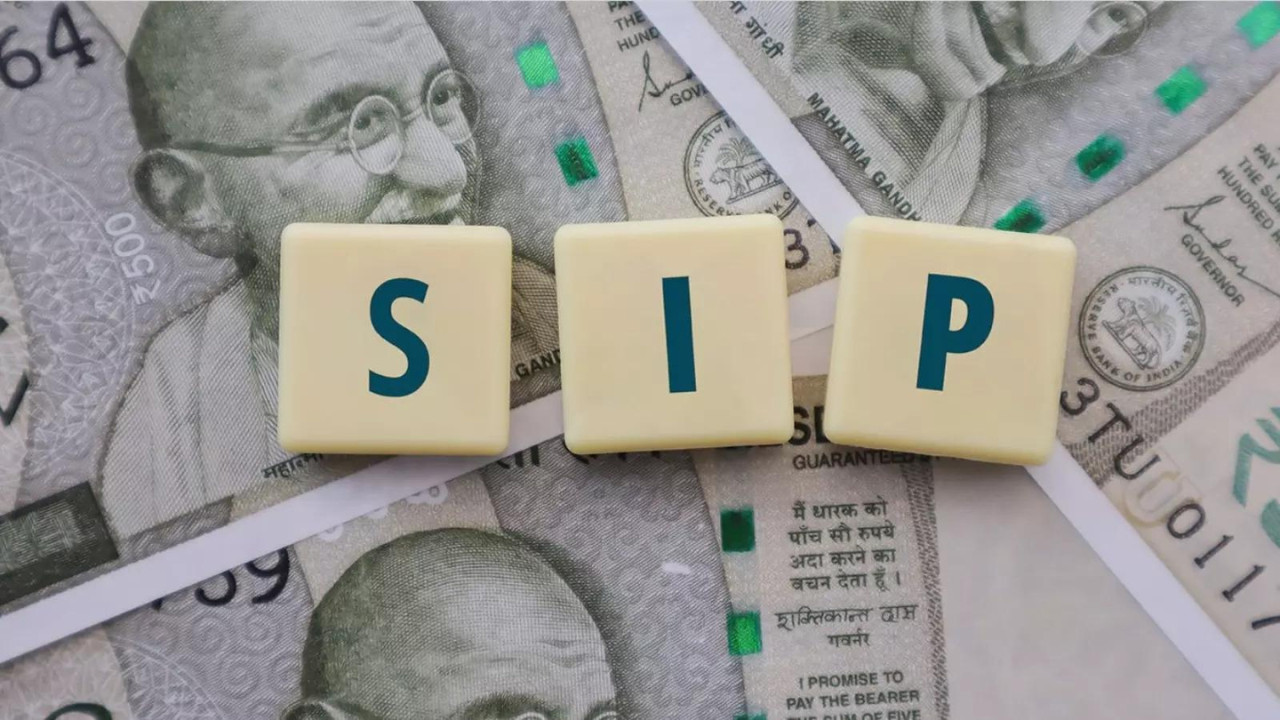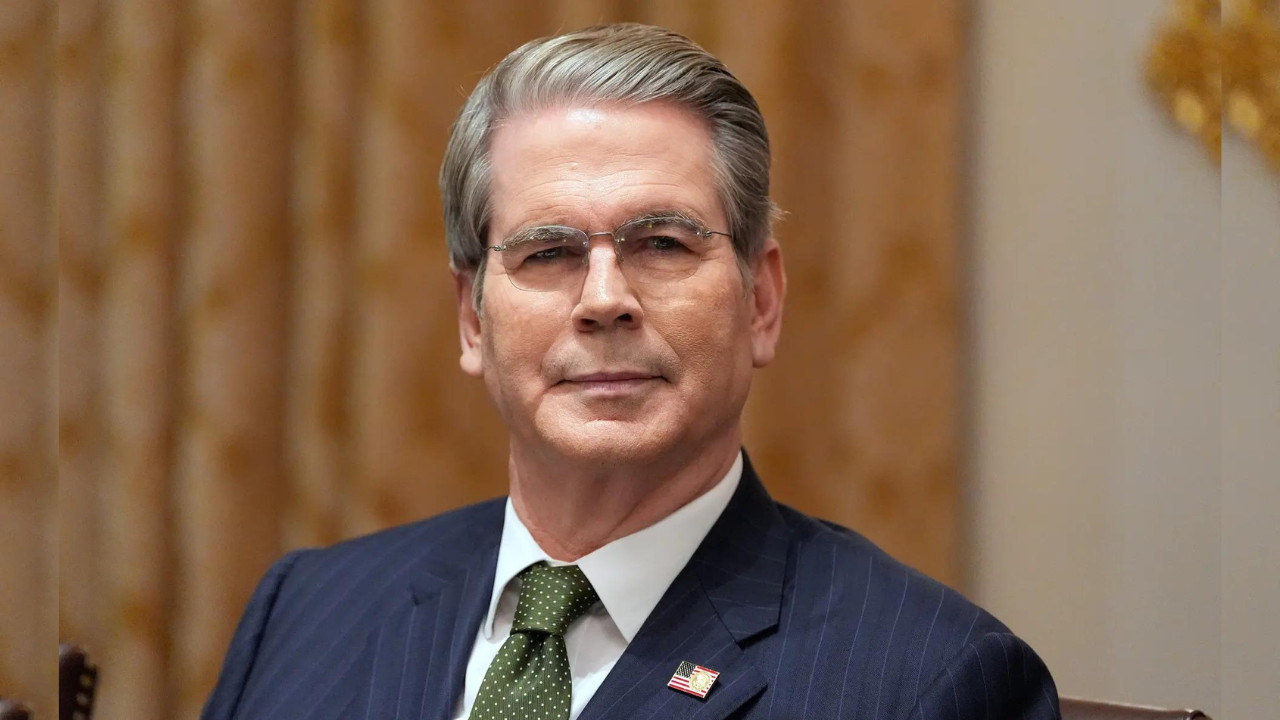India and the US are engaged in intense trade negotiations in Washington, aiming to finalize an interim trade agreement before the July 9th deadline, when reciprocal tariffs could be reinstated. India seeks improved market access for its workforce-intensive products, while the US desires duty reductions in agriculture and dairy.
India-US Trade Talks: Can a Deal Be Struck?
The air crackled with anticipation. Six days of intense negotiations between India and the United States stretched into the night, fueled by strong coffee and the looming shadow of a tariff deadline. The stakes? A potential trade deal that could reshape economic relations between two of the world’s largest democracies. But can they pull it off?
The pressure is on, no doubt. As deadlines often do, this one seems to have focused minds on both sides of the table. But what exactly is India hoping to achieve in these high-stakes discussions? Let’s delve into some of the key areas where India is pushing for concessions and how a favorable trade deal could impact their economy.
What India Wants: A Closer Look
From what’s being reported, India’s wishlist is centered around securing greater access to the US market for its products and services. Think of it as leveling the playing field, making it easier for Indian businesses to compete and thrive in the American marketplace.
One crucial area of focus is the restoration of the Generalized System of Preferences (GSP) benefits. The US revoked these benefits some time ago, which essentially eliminated preferential duty-free access for many Indian exports. Reinstating GSP would provide a significant boost to Indian industries, particularly those in sectors like textiles, chemicals, and engineering goods. It’s about creating an advantage, allowing Indian products to be more competitively priced.

Beyond GSP, India is also pushing for greater market access in specific sectors. Agriculture, for instance, is a key area. India wants to be able to export more of its agricultural produce, like mangoes and grapes, to the US. This would not only benefit Indian farmers but also diversify the range of products available to American consumers.
Addressing Non-Tariff Barriers
Trade isn’t just about tariffs. It’s also about non-tariff barriers – things like regulations, standards, and testing requirements that can make it difficult for businesses to export their goods. India is keen to see some of these barriers reduced, allowing its products to flow more freely into the US market. Streamlining these processes and making them more transparent is seen as crucial for fostering a smoother and more efficient trade relationship.
For instance, simplifying sanitary and phytosanitary (SPS) measures for agricultural products could significantly ease the export process. This involves ensuring that products meet specific health and safety standards, and streamlining these procedures can save time and money for Indian exporters.
The Digital Trade Landscape
In today’s world, digital trade is becoming increasingly important. India has a thriving IT sector and is looking to strengthen its position in the global digital economy. Therefore, discussions around data localization requirements and cross-border data flows are likely to be on the table.
India is keen to ensure that its IT companies have fair access to the US market and that regulations don’t unduly restrict their ability to operate. Finding a balance between data security concerns and the need for open and competitive digital markets is a key challenge in these negotiations.
The Broader Implications
A successful India-US trade deal would have far-reaching implications, extending beyond just economic benefits. It would strengthen the strategic partnership between the two countries, signaling a commitment to closer cooperation on a range of issues. It would also send a positive message to the rest of the world, demonstrating that even in a climate of increasing protectionism, countries can still work together to forge mutually beneficial trade agreements.
Conversely, failure to reach an agreement could strain relations and potentially lead to increased trade tensions. The stakes are high, and both sides are aware of the importance of finding common ground. The impact of such a comprehensive trade deal extends beyond immediate economic gains; it strengthens the foundations of a critical international partnership. Learn more about the overall impacts of international trade.
A Crucial Juncture
As the deadline looms, the pressure to reach a deal is palpable. While the challenges are significant, the potential rewards are even greater. A successful India-US trade deal would not only boost economic growth but also strengthen the strategic partnership between two of the world’s leading democracies. Whether the negotiators can bridge the remaining differences and reach an agreement remains to be seen. However, the outcome of these talks will undoubtedly shape the future of India-US relations for years to come.







